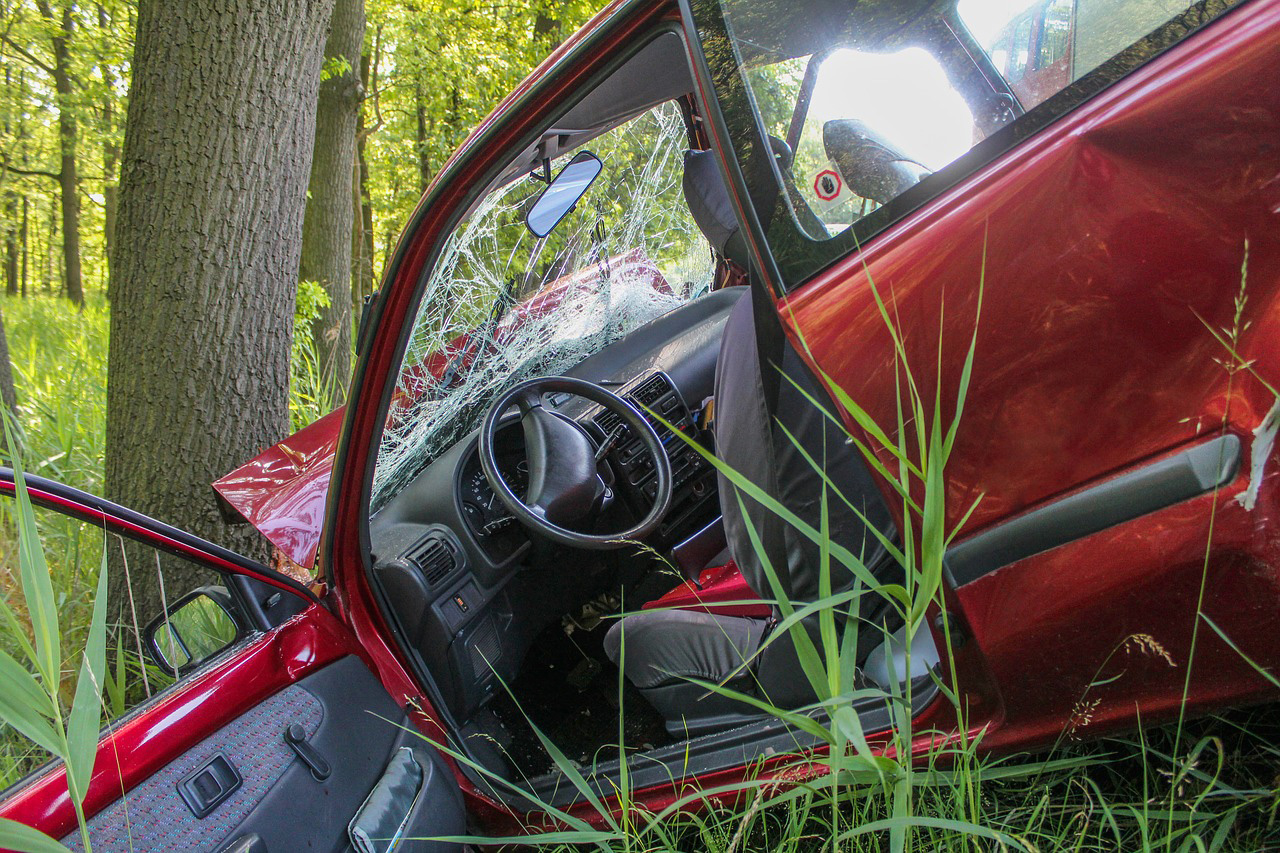
The issue: Drunk-driving crashes ruin lives and cost the country more than $44 billion a year, according to the U.S. Centers for Disease Control and Prevention. In 2015 alone, 10,265 people died in crashes involving intoxicated drivers. Nearly 1.1 million more people were arrested that year on charges of driving under the influence.
A national task force of public health experts has made recommendations for ways states can cut back on excessive alcohol consumption and impaired driving. One suggestion involves raising the price of alcoholic beverages by increasing taxes on them. Over the years, a number of states have considered legislation to impose new or higher sales taxes on beer, wine or spirits. But those changes generally were aimed at raising revenue and not specifically improving public health and safety.
A new study looks at whether a sales tax increase in Maryland meant to generate money for public schools and other programs also has reduced car crashes.
An academic study worth reading: “Effect of Maryland’s 2011 Alcohol Sales Tax Increase on Alcohol-Positive Driving,” published in the American Journal of Preventive Medicine, July 2017.
About the study: A team of researchers led by Marie-Claude Lavoie of the University of Maryland investigated how the number of vehicle crashes in Maryland changed after the state increased the sales tax on alcoholic beverages from 6 percent to 9 percent in 2011.
Lavoie and her colleagues examined reports on crashes with injuries involving impaired drivers aged 15 to 95 years. They obtained data for 2001 to 2013 from the Maryland Automated Analysis Reporting System. A driver was classified as “alcohol-positive” – meaning he or she was under the influence of alcohol — based on alcohol test results or a police officer’s reported perception of alcohol involvement.
Important takeaways:
- From 2001 to 2013, a total of 794,729 drivers were involved in crashes with injuries in Maryland. Of those drivers, 57 percent were men, 37 percent were aged 35 to 54 years and 4 percent were classified as alcohol-positive.
- “The 2011 alcohol sales tax increase in Maryland led to a significant decline in the rate of alcohol-positive drivers aged 15–95 years involved in injury-related motor vehicle crashes.” Before the alcohol sales tax rose, 228 alcohol-positive drivers were involved in crashes with injuries each month, on average. Afterward, the monthly average fell to about 179.
- The decline in the crash rate was greatest among drivers aged 15 to 20 years. The number of drivers in crashes from this age group dropped from about 28 per month, on average, to about 13 a month. This represents a reduction of more than 50 percent.
- The number of drivers aged 55 and older who were in crashes with injuries rose slightly, however — from an average of about 19 a month to about 20 per month. Within this age group, about 60 to 67 percent of intoxicated drivers had a blood-alcohol level of 0.15 g/dL, which exceeds the state’s legal limit of 0.08 g/dL.
- Older drivers may not have changed their behavior as a result of the sales tax increase. They are more likely to have higher disposable incomes than younger drivers.
Other resources:
- The U.S. Census Bureau collects data on the various taxes levied in each state. Nationwide, governments collected about $6.6 billion in sales taxes on alcoholic beverages in 2016, according to this 2017 report, which also offers a state-by-state breakdown.
- This December 2016 report from the National Highway Traffic Safety Administration offers details on alcohol-related crashes, including the number of children killed and the time of day and week these crashes are most likely to occur.
- The U.S. Centers for Disease Control and Prevention provides an explainer on blood alcohol levels. For example, after drinking three alcoholic beverages in an hour, a 160-pound man would have a blood alcohol concentration of 0.05 g/dL — a level high enough to make it difficult for him to steer a car and focus his eyes. Generally, the legal limit for non-commercial drivers is 0.08 g/dL.
- Mothers Against Drunk Driving (MADD) is a prominent non-profit group that is working to end impaired driving and prevent underage drinking. Smaller organizations with similar missions include Ashley’s Dream and Students Against Destructive Decisions (SADD).
- The National College for DUI Defense Inc. is a non-profit organization that trains attorneys in how to defend individuals facing criminal charges of driving under the influence of drugs or alcohol.
Related research:
- A 2013 study in the American Journal of Preventive Medicine, “U.S. Alcohol Affordability and Real Tax Rates, 1950–2011,” indicates that alcohol is more affordable today than in previous decades, partly because of lower federal and state tax rates.
- A 2011 study from the Transportation Research Board of the National Academies, “Gasoline Prices and Their Relationship to Drunk-Driving Crashes,” considers the link between spikes in gas prices and dips in drunk-driving crashes.
- A 2009 study in the academic journal Addiction, “Effects of Beverage Alcohol Price and Tax Levels on Drinking: A Meta-Analysis of 1,003 Estimates from 112 Studies,” finds that higher alcohol prices and taxes reduce consumption.
- A 2009 study in the American Economic Review, “Salience and Taxation: Theory and Evidence,” suggests that taxes included in the sticker price of an item reduce demand for that item much more than taxes that are added at the cash register.
